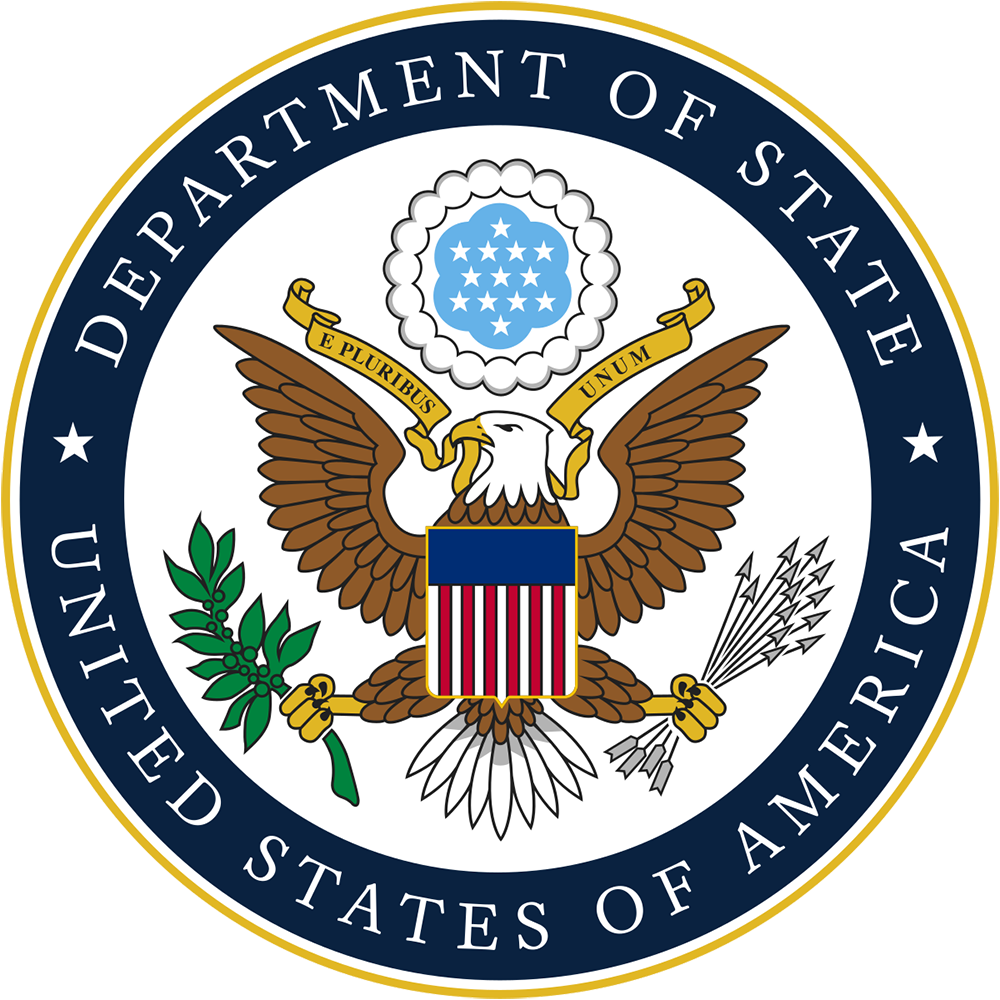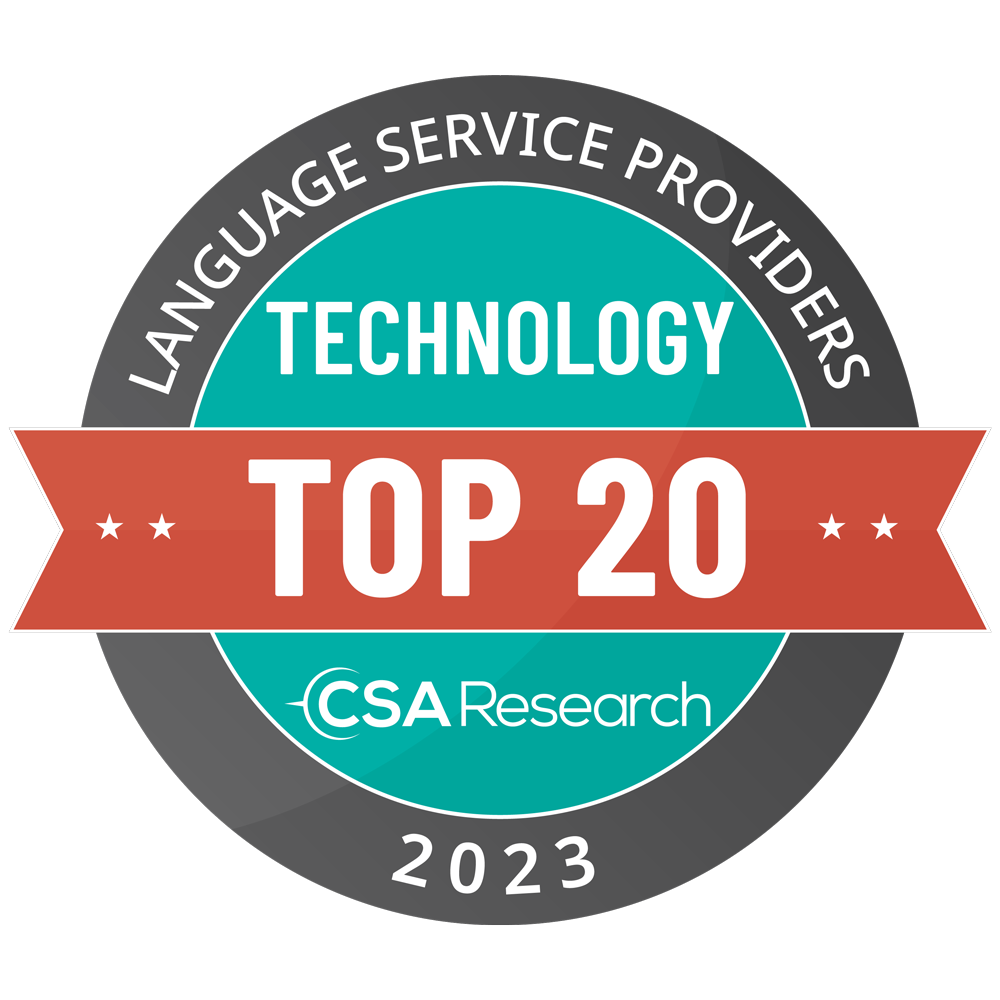
In today’s interconnected and rapidly evolving digital landscape, the demand for translation services has never been greater. Businesses seeking to expand their global reach must now navigate the nuanced world of translation, where choosing the proper method can significantly impact clarity and effectiveness. Whether relying on the speed and efficiency of artificial intelligence (AI) translation, leveraging the specialized capabilities of machine translation (MT), or entrusting the nuanced touch of a human translator, understanding which content best suits each approach is essential. This blog post will delve into the strengths and weaknesses of AI, MT, and human translations, guiding you to make informed decisions that ensure your message resonates authentically across languages and cultures.
AI Translations
Ideal Content
- Simple and Repetitive Text—AI translation shines with straightforward, structured, and repetitive content. Common applications include weather updates, stock reports, and basic customer service inquiries.
- Large-Scale Data—When speed and volume are priorities, AI translation can quickly handle massive amounts of text, making it suitable for translating user-generated content like product reviews, social media mentions, or product titles and descriptions.
Strengths
- Efficiency—AI can process text quickly and at scale, reducing time and costs.
- Consistency—Maintains uniformity and reduces human error, particularly in repetitive tasks.
Limitations
- Nuance and Context—AI can struggle with idiomatic expressions or nuanced language that requires cultural understanding.
- Hallucinations—Depending on the subject matter, AI can create concepts and facts that do not exist, introducing errors that can confuse the end users if the quality of the LLM is not tweaked for the content being translated.
Machine Translation (MT)
Ideal Content
- Technical Documents—MT excels in translating technical manuals, scientific papers, or legal documents where consistency in terminology and accuracy are paramount.
- Controlled Language Text—Content using controlled vocabulary and structure benefits greatly from MT, enhancing clarity and consistency.
Strengths
- Terminology Management—MT systems can be customized with industry-specific terminologies and glossaries, ensuring precise translation in specialized fields.
- Speed and Scalability—Efficient for large documents that require quick turnaround across multiple languages.
Limitations
- Cultural Context—Struggles with content requiring cultural adaptation and understanding of tone or style.
Human Translations
Ideal Content
- Creative and Marketing Material—Human translators excel in translating marketing copy, literature, and any content requiring creativity and stylistic nuances.
- Legal Documents—Complex legal texts benefit from human translators who can interpret subtle legal terminology and cultural legalisms.
- Negotiation and Diplomacy—High-stakes communication that demands accuracy and cultural sensitivity relies on human expertise.
Strengths
- Cultural Sensitivity—Humans bring a deep understanding of cultural contexts, idiomatic expressions, and subtleties.
- Creativity and Adaptability—Able to adapt messaging to resonate with target audiences authentically.
Limitations
- Cost and Time—Typically slower and more costly than AI or MT solutions, especially for large volumes of text.
Conclusion
Selecting the proper translation method is about understanding the unique requirements of your content. AI and MT are suitable for tasks demanding speed and consistency, while human translations shine in areas where nuance, context, and creativity are paramount. By tailoring your approach to suit specific content, you can ensure that your communication is not just translated but truly understood by your global audience. As technology continues to advance, the future holds exciting possibilities for hybrid models that combine the best of AI, MT, and human translations, ensuring your message remains both accurate and culturally resonant worldwide.











